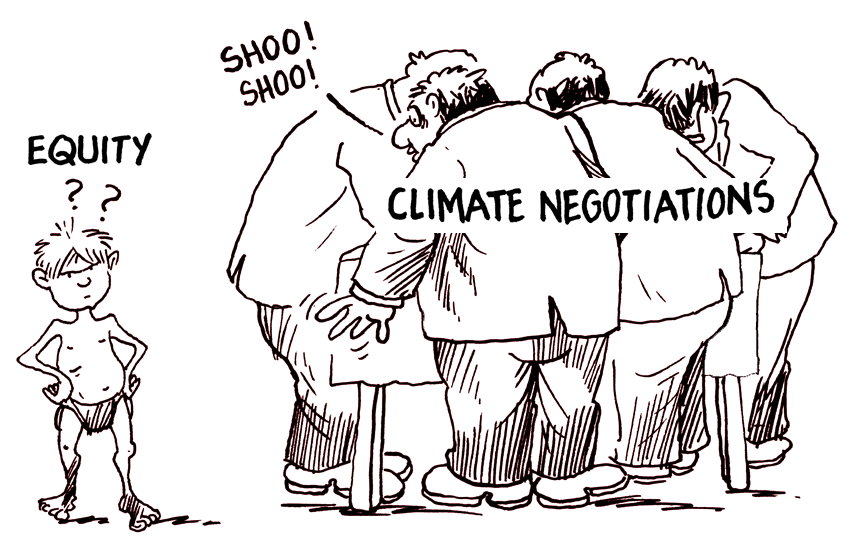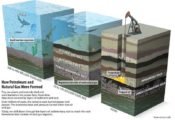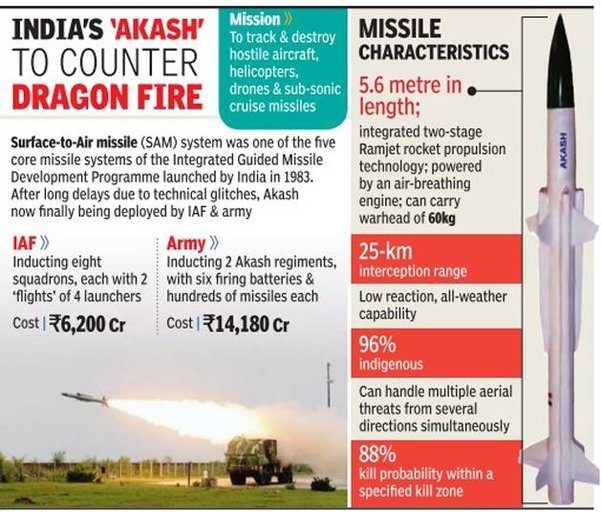
Copernicus EMS Rapid Response Service
Subscribers of "Current Affairs" course can Download Daily Current Affairs in PDF/DOC
Subscribe to Never Miss an Important Update! Assured Discounts on New Products!
Must Join PMF IAS Telegram Channel & PMF IAS History Telegram Channel
- Context (TH): As part of a multi-agency effort to locate a helicopter carrying Iranian President that crashed in East Azerbaijan province, European Union activated its emergency satellite mapping service.

Credit: TH
Europe’s Copernicus Programme
- Launched in 1998 and previously known as the Global Monitoring for Environment and Security Programme (GMES), Copernicus is the earth observation component of the European Union’s space programme.
- The programme is named after Nicolaus Copernicus, the 15th-century Polish scientist who first proposed a heliocentric universe model.
- The programme uses global data from satellites, and ground-based, airborne, and sea-borne measurement systems to address issues related to climate change, disaster management, agriculture, etc.

Credit: TH
- The space segment uses a group of satellites called the Sentinels and the Contributing Missions. It is complemented by a ground segment that includes in-situ sensors that provide access to the Sentinels and Contributing Missions data.
- The programme is implemented by EU member states with the support of the European Space Agency for the space component and the European Environment Agency (EEA) for the in-situ component.
- Data from the Copernicus programme is freely available and accessible to all.
Rapid response mapping service
- The rapid response mapping technology is a critical component of the Emergency Management Service (EMS) within the Copernicus programme.
- Active since 2012, the Copernicus Emergency Management Service (CEMS) works on two models — on-demand mapping and early warning and monitoring — to issue warnings, risk assessments and information on the impact of disasters worldwide, before, during, or after a crisis.
- While on-demand mapping offers detailed information for specific emergencies, early warning provides critical geospatial data through monitoring and forecasts for floods, droughts, and forest fires.
How does rapid mapping work?
- The Copernicus EMS on-demand rapid mapping provides geospatial information within a few hours or days of a request to support efforts in the immediate aftermath of an emergency or a disaster anywhere in the world.
- It acquires, processes, and analyses satellite images, geospatial data, and relevant social media in rapid mode to provide information.
- The service offers four “products” — one pre-event reference and three post-event (first estimate, delineation, grading).
- “First Estimate Product” offers a fast but rough assessment of the most affected area using the earliest post-event image.
- “Delineation” assesses the extent of the impacted area and an update on the situation if requested. The information is derived from images taken soon after the emergency.
- “Grading” provides a detailed damage assessment, its spatial distribution and extent.
- Each comprises delivery packages, including maps and a vector package of spatial data.







![PMF IAS Environment for UPSC 2022-23 [paperback] PMF IAS [Nov 30, 2021]…](http://pmfias.b-cdn.net/wp-content/uploads/2024/04/pmfiasenvironmentforupsc2022-23paperbackpmfiasnov302021.jpg)











